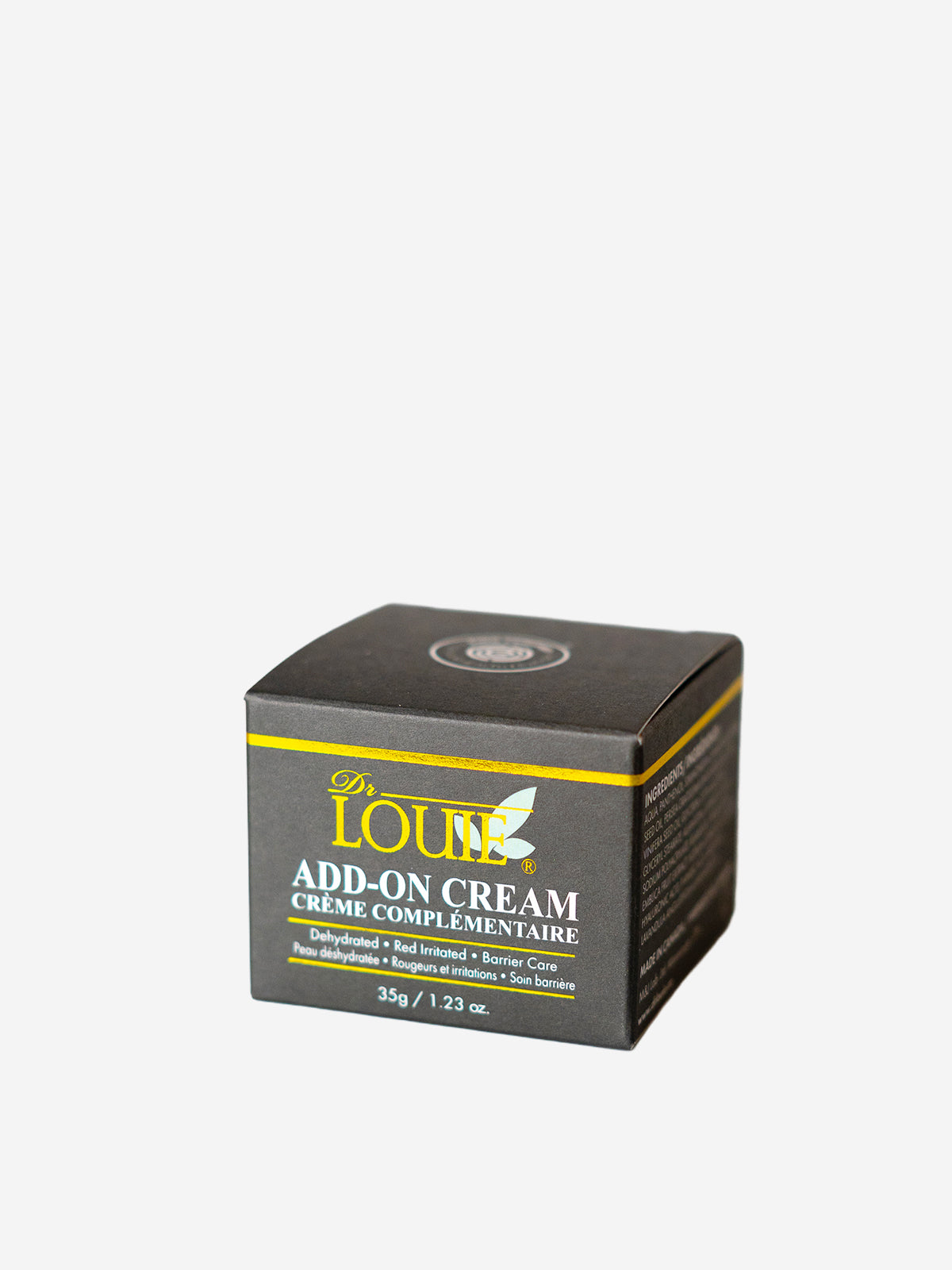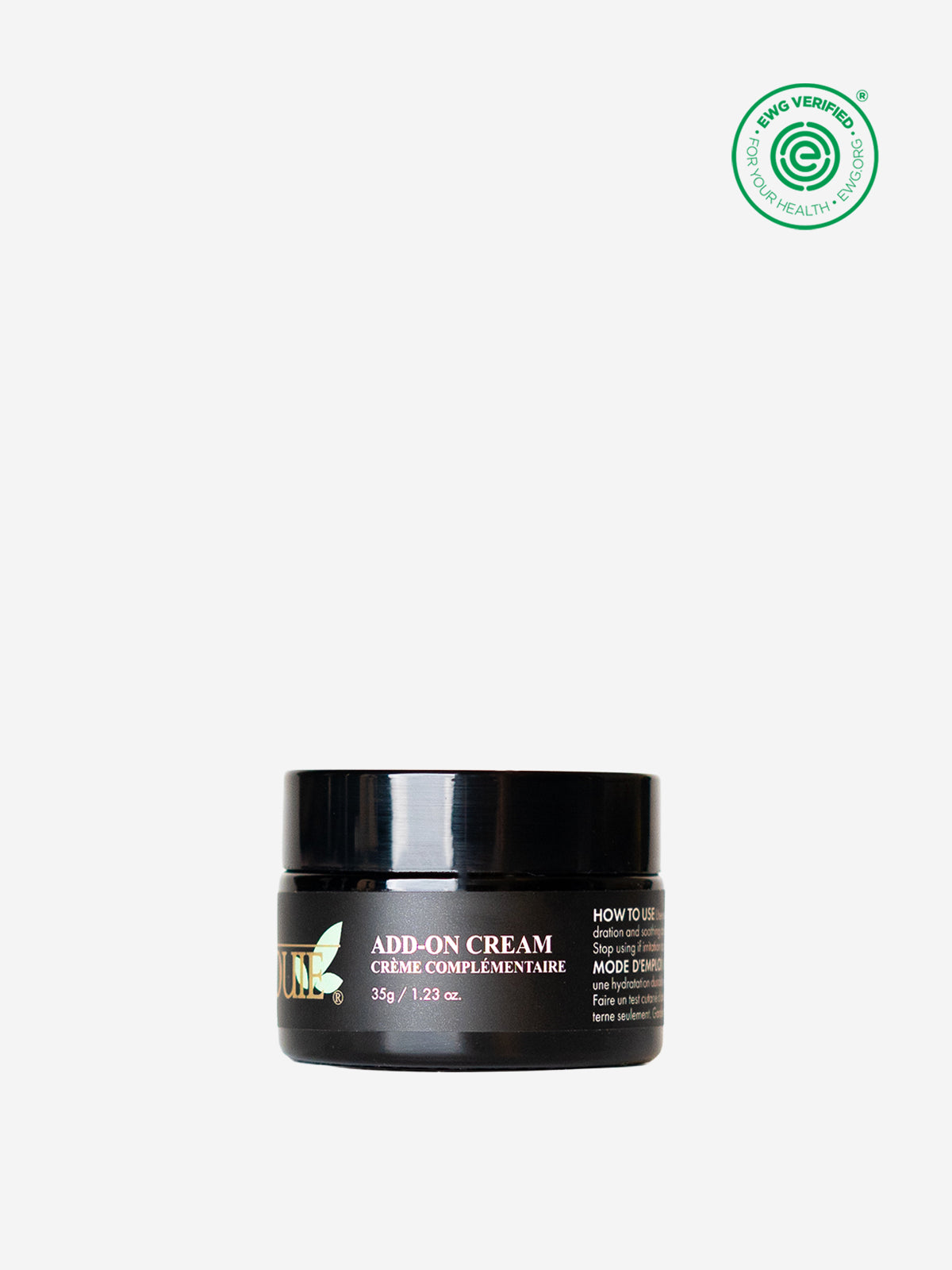![[Talking about Ingredients] When it comes to hyaluronic acid, size matters!](http://drlouie.ca/cdn/shop/articles/sodium_hyaluronate_resized.jpg?v=1620245054&width=1280)
[Talking about Ingredients] When it comes to hyaluronic acid, size matters!
So many of us resort to dietary supplement and/or skincare products with hyaluronic acid in them, many claiming to do wonders for the skin.
Let’s find out more about this ingredient, what makes them special, and what to look for when choosing a product with hyaluronic acid.
What does it do?
Hyaluronic acid draws and binds moisture, giving our skin a soft, plumper texture and a more even skin tone. And it reduces the look of fine lines and wrinkles. Hyaluronic acid also slows the transepidermal water loss (TEWL). What this means is that hyaluronic acid keeps the skin hydrated by ensuring that water does not escape the surface of your skin. That is why it is a staple ingredient in many skincare products.
But before choosing any product with hyaluronic acid in it, it is first important to distinguish between different types - I mean different molecular sizes - of hyaluronic acid.
Why does molecular size matter?
Hyaluronic acid is a polymer. And it has different molecular weights. Different molecular weights have varying levels of penetration into the skin. This means that the effect on the skin differs as well. The high molecular weight ones will stay on the surface of the skin while the lower molecular weight ones can better penetrate the skin. Very roughly-speaking, there are high molecular weight (1000-1400 kDa) HA and low molecular weight HA (20-300 kDa).
High molecular weight hyaluronic acid can form a film on the skin to prevent water evaporation, which keeps the skin hydrated. It gives immediate hydration and plumping effect to the skin. Butt the downside to high molecular weight HA is that because it is unable to penetrate the skin barrier and stays on the skin, it gets washed off readily, with no lasting benefits.
On the other hand, low molecular weight hyaluronic acid can penetrate the skin and stores water in the connective tissues of the skin. So it has a more lasting effect than the high molecular weight hyaluronic acid. With this kind of molecular weight hyaluronic acid, the moisture is stored within the skin more sustainably.
Which molecular size should we choose?
So knowing this, we would immediately want to go for the lowest weight hyaluronic acid possible, right, so that it would penetrate deep into the skin and keep hydrating it? But that shouldn’t be how we choose hyaluronic acid.
There have been many studies on different molecular weights hyaluronic acid, and how they affect our skin, both positively AND negatively.
According to a study done in 2011, hyaluronic acid between 50 to 1000 kDa is shown to be beneficial for our skin, showing improvement in elasticity and skin hydration. In terms of wrinkle reduction, hyaluronic acid with molecular weight of 50 and 130 kDa showed significant improvement.
Another recent study done in 2014 showed that molecular hyaluronic acid of under 500kDa is found to be absorbed better into the skin, improve skin elasticity, increase skin hydration, and decrease depth of wrinkles.
What to watch out for
But this doesn’t mean that hyaluronic acid is not without its faults. Because hyaluronic acid is naturally occurring in our body, it is not toxic. But HA too low in molecular weight - much lower than 50 kDa - can cause inflammation as it triggers an unnecessary immune response. And too high, it will just stay on the surface of the skin and not give lasting benefits.
Not everyone will react to hyaluronic acid though. Various factors, such as an individual’s immune system, exposure to sun, etc. can affect whether you react to hyaluronic acid or not.
So it is generally recommended that you do a patch test before incorporating a new product or ingredient to your skincare regime. Just apply the product or ingredient to a small area once a day for three days to test if you are sensitive to this product. If no irritation occurs, you are okay.
But don’t be too scared about hyaluronic acid because it is generally very safe to use. And as mentioned earlier, it is naturally produced in our body. So allergic reactions to it are very rare.
We at DrLOUIE use hyaluronic acid in many of our products. The one we used is produced through microbial fermentation with mixed molecular weight of between 100 to 500 kDa, which is within the range proven to be highly effective for the skin and is safe. Mixed molecular weight hyaluronic acid has the advantages of high-molecular hyaluronic acid and those of low molecular hyaluronic acid, giving long-lasting benefits that combine both the benefits of high molecular and low molecular weight hyaluronic acid.
If you have any questions about an ingredient, please feel free to email us at info@drlouie.ca. We’ll be glad to help you out!
Sources:
Essendoubi M, Gobinet C, Reynaud R, Angiboust JF, Manfait M, Piot O. Human skin penetration of hyaluronic acid of different molecular weights as probed by Raman spectroscopy. Skin Res Technol. 2016 Feb;22(1):55-62. doi: 10.1111/srt.12228. Epub 2015 Apr 16. PMID: 25877232.
Jegasothy, S. M., Zabolotniaia, V., & Bielfeldt, S. (2014). Efficacy of a New Topical Nano-hyaluronic Acid in Humans. The Journal of clinical and aesthetic dermatology, 7(3), 27–29.
Pavicic T, Gauglitz GG, Lersch P, Schwach-Abdellaoui K, Malle B, Korting HC, Farwick M. Efficacy of cream-based novel formulations of hyaluronic acid of different molecular weights in anti-wrinkle treatment. J Drugs Dermatol. 2011 Sep;10(9):990-1000. PMID: 22052267.
Witting M, Boreham A, Brodwolf R, Vávrová K, Alexiev U, Friess W, Hedtrich S. Interactions of hyaluronic Acid with the skin and implications for the dermal delivery of biomacromolecules. Mol Pharm. 2015 May 4;12(5):1391-401. doi: 10.1021/mp500676e. Epub 2015 Apr 22. PMID: 25871518.



![[Talking about Food 1] Anti-aging health food & recipe: Black beans](http://drlouie.ca/cdn/shop/articles/black_beans_resized.jpg?v=1619466559&width=1280)
